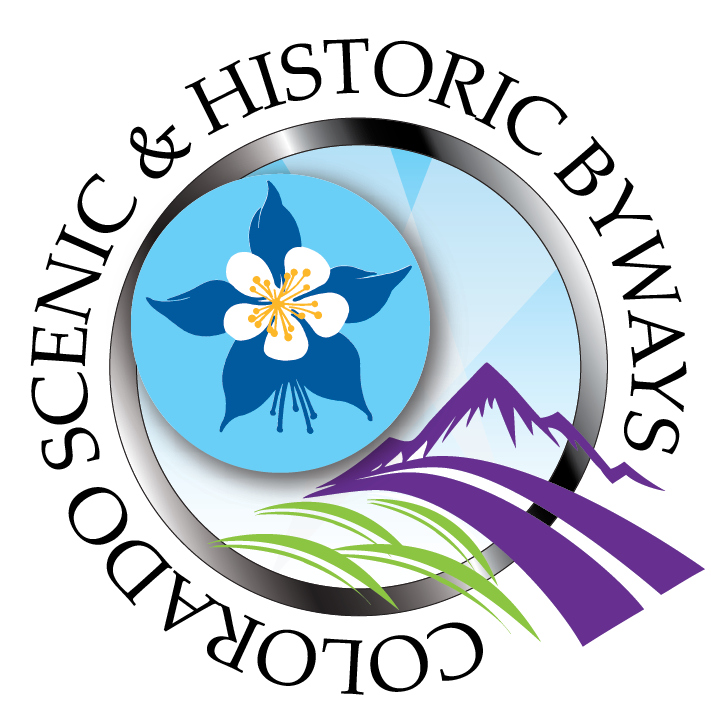Silver Spur Ranch: Growing into an Existing Conserved Piece of Land and Making it Your Own
Landowners: Deb and Mike Culig
Partner land trust: Colorado Headwaters Land Trust
Location: Tabernash
Topics: Successor landowner on agricultural land
Deb Culig and her husband, Mike, had owned a ski cabin in Fraser, Colorado for many years. About 8 years ago, they decided to set down roots and become full-time residents in Grand County. After growing tired of the crowds and traffic of Denver’s suburbs, they knew they wanted to find a more secluded place for retirement. What they found included unobstructed vistas of ranch lands and fields, the Continental Divide, and Byers Peak, one of the most recognizable landmarks in Grand County.
The Culigs wanted to make sure that what they saw the first time they pulled onto the property would look the same in the future. They purchased their original property because they knew that the views and wildlife in the area would be forever protected. After all, a conservation easement was attached to the land that ran behind the home.
Fast forward: The McCoys, the Culigs’ neighbors who owned that conservation easement, were looking to sell that portion of land contiguous to the Culigs’ homestead property. The Culigs acted quickly. “We bought the original property because of the conservation easement on the adjacent land,” said Deb.
She added, “This became our chance to further the McCoys’ vision of preservation while still being able to enjoy the activities we love. We see the elk come down every fall. The antelope take naps in the fields in the spring. We get to play on it, we can hunt it, we can do all types of winter activities on that piece of land, from cross-country skiing to snowmobiling. I can’t think of anything we would want to do that is restricted by the easement agreement.”
“We investigated avenues that would help us maintain the agricultural aspects of the land without becoming cattle ranchers...
We landed on alpaca ranching and hay farming.”
Developing new skills: Alpacas and regenerative agriculture
The Culigs’ new property did come with one unexpected aspect: The conservation easement also allowed for agricultural activities. Lark McCoy had worked with Colorado Headwaters Land Trust to create a clear, long-term vision for the property that included protecting its agricultural nature and encumbering the significant water rights. Although Deb was born and raised Nebraskan, and her father, grandfather and great-grandfather had farmed, neither Culig was a rancher or farmer by trade.
“We investigated avenues that would help us maintain the agricultural aspects of the land without becoming cattle ranchers. That seemed just a bit over our ‘pay grade’ when we were starting! We landed on alpaca ranching and hay farming,” Deb said.
The couple started with three animals but has grown their operation to more than a dozen alpacas. They have the alpacas’ fleece turned into yarn, and Deb also makes custom, handmade alpaca hats from their fleece.
One of the biggest lessons the couple has learned has been about regenerative agriculture – a philosophy and approach to agriculture that focuses on restoring soil and ecosystem health. The Culigs now lease a portion of the easement to a local cattle rancher to help manage vegetation in water ditches instead of with pesticides. The cows also help to clean up overgrown fields and regenerate those fields by breaking up the hard-packed soils while providing natural fertilization.
“The cattle have eaten a lot of the undesirable plants, which we didn’t expect at first,” Deb said. “Additionally, portions of the hay we raise on the conservation easement land feed our herd year-round. They, in turn, also help better the land through the composting we do with their waste.”
The Culigs have been able to amplify their haying operation using this approach. “Over three to four years of owning this property, we now not only have enough quality hay for our alpacas to eat throughout the year, but we also have annual contracts in place with other ranchers and horse owners,” Deb said. The Culigs have also assisted neighbors by donating some stored hay for animals that were displaced during recent wildfires.
“This became our chance to further the McCoys’ vision of preservation while still being able to enjoy the activities we love. I can’t think of anything we would want to do that is restricted by the easement agreement.”
A true partnership
While the Culigs have had to develop some skills for their new ranching lifestyle, they haven’t undertaken the learning alone. They work closely with Colorado Headwaters Land Trust staff, who help them address challenges that arise – including managing issues around water rights, and helping to discover potential neighboring conservation easements to best protect the Fraser Valley from the threat of overdevelopment. “It’s a true partnership. They are ready and willing to help whenever needed. We bought into this, and although we did our due diligence, we’re still learning all the time,” Deb said.
The land trust staff appreciates the work the Culigs are doing for the benefit of both conservation and agriculture – from improving their property, to demonstrating to neighbors what their land is capable of, especially when conserved, and recreating the community atmosphere around agriculture in Middle Park. The land trust is doing its part by working with other landowners to create a larger conservation area – for the benefit of the landowners and for the future of agriculture in the Fraser Valley.
“We’re so grateful for the extra thought and care that the McCoys and Colorado Headwaters Land Trust put into the components of the original agreement,” Deb said. She added, “We highly encourage other landowners to learn about the benefits of conservation easements. For us, this ‘inherited’ agreement allows us the freedom and flexibility to still do what we want, as long as we keep conserving the land as the number-one priority. And, we are so on board with that.”
Photos: Linda Lidov
“This ‘inherited’ agreement allows us the freedom and flexibility to still do
what we want, as long as we keep conserving the land as the number-one priority.
And, we are so on board with that.”
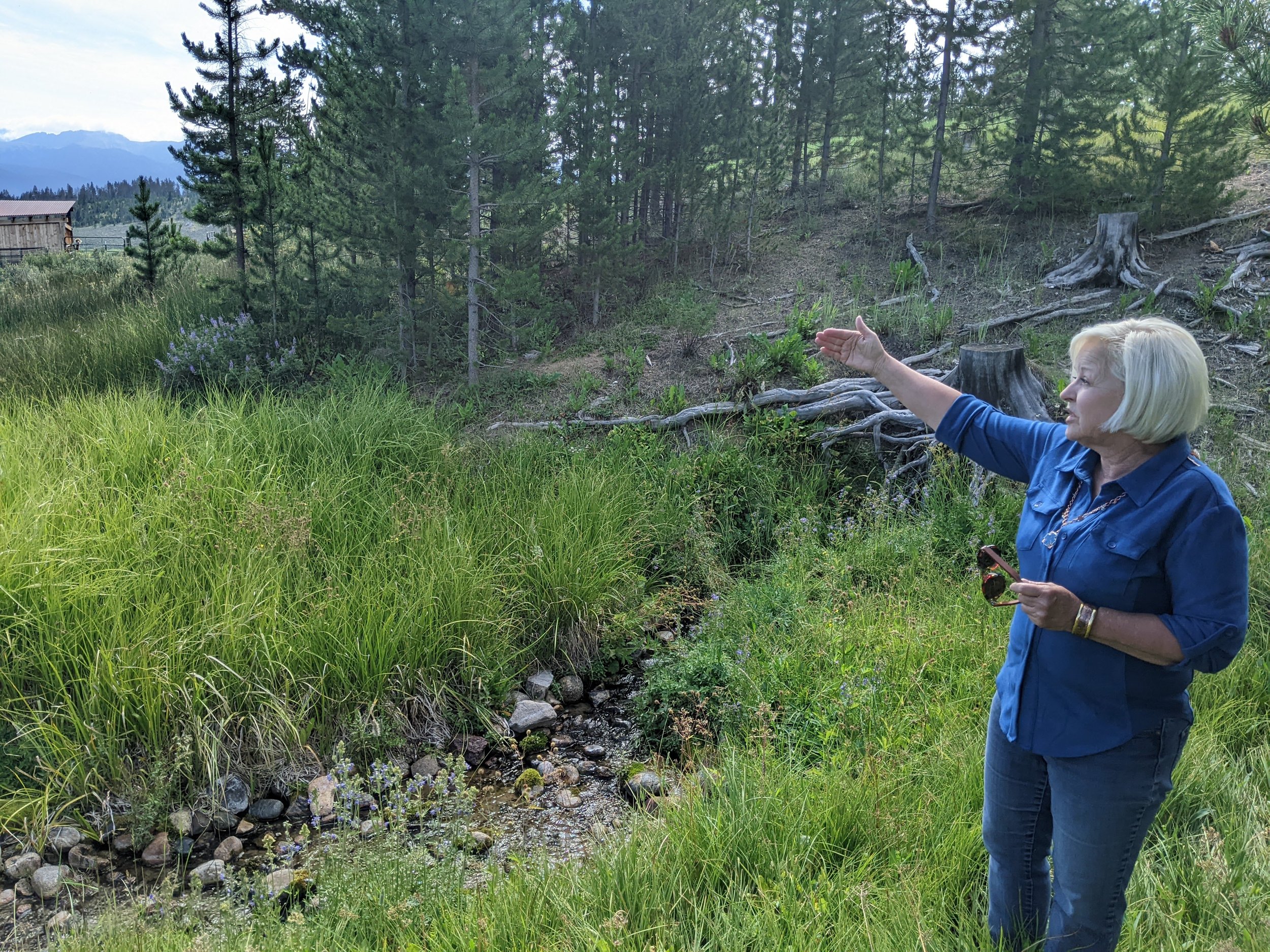
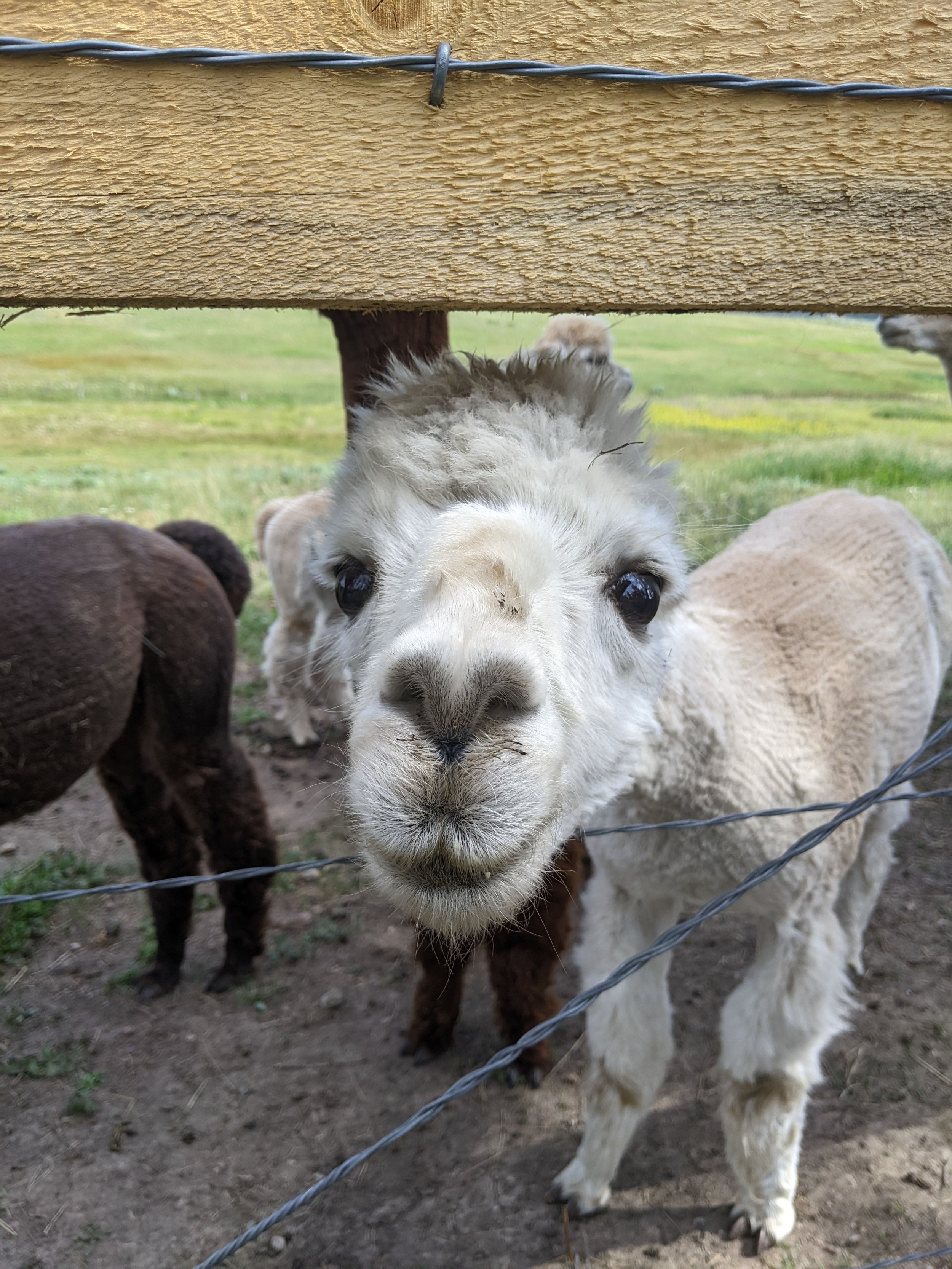
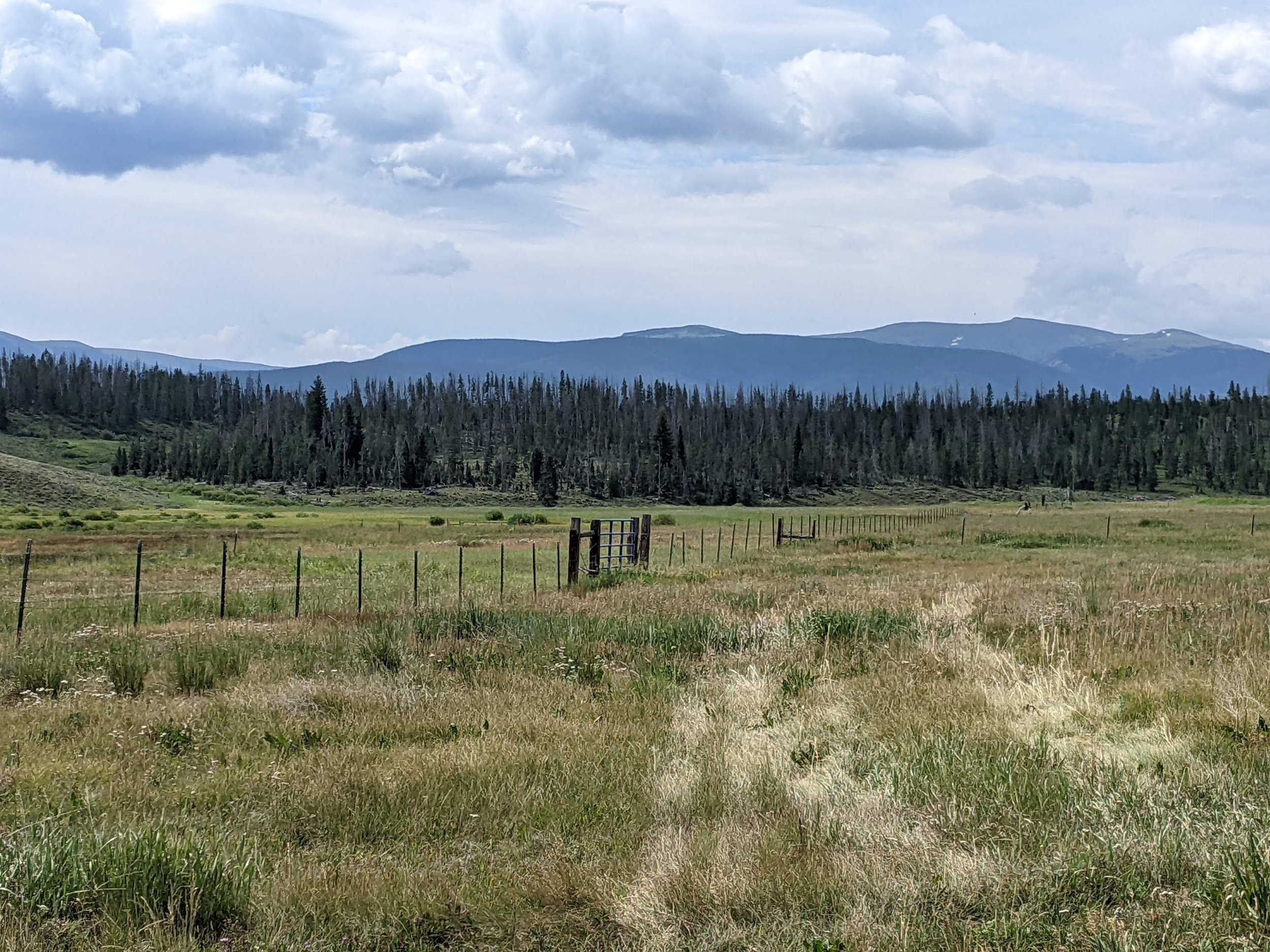
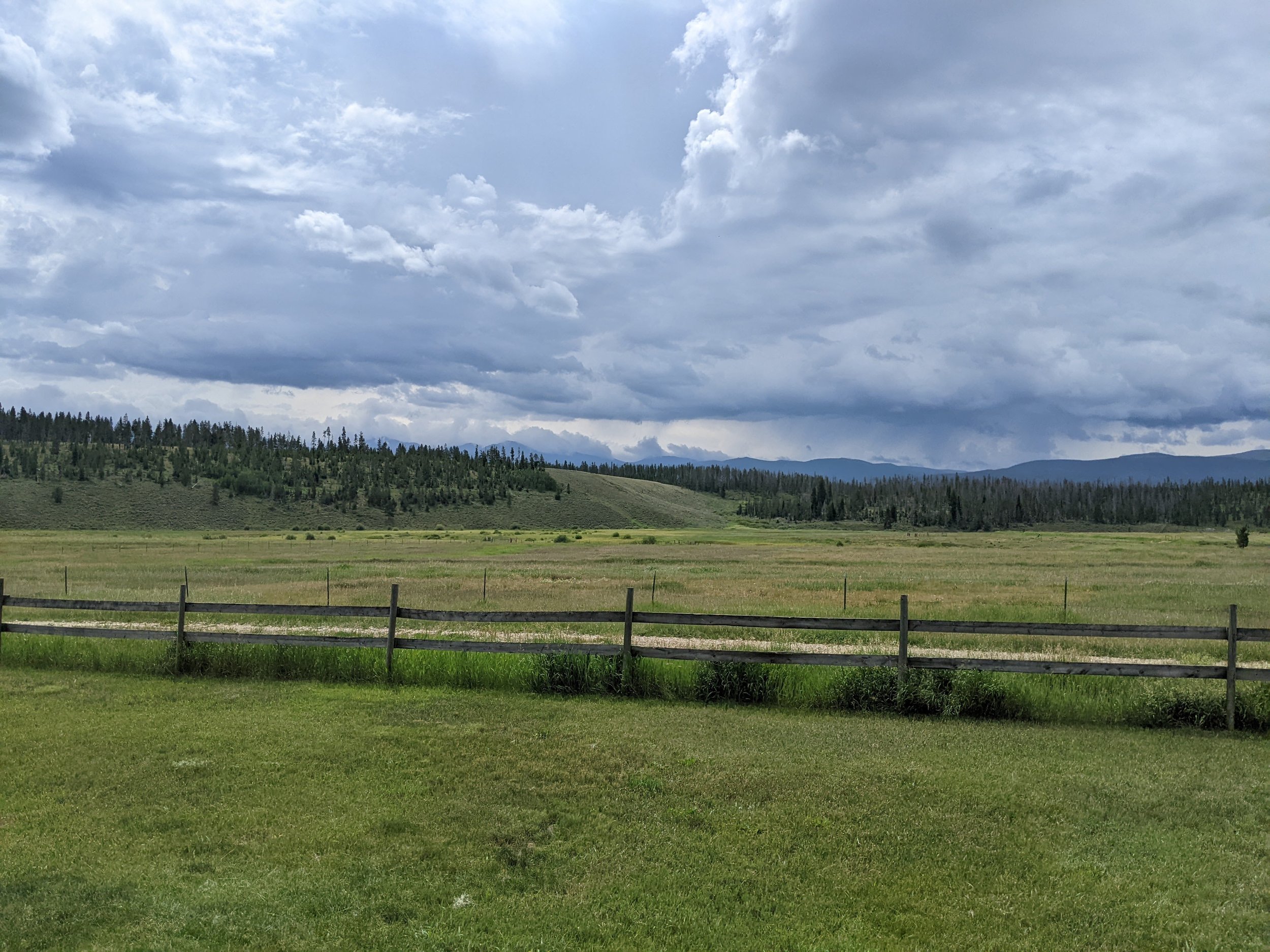
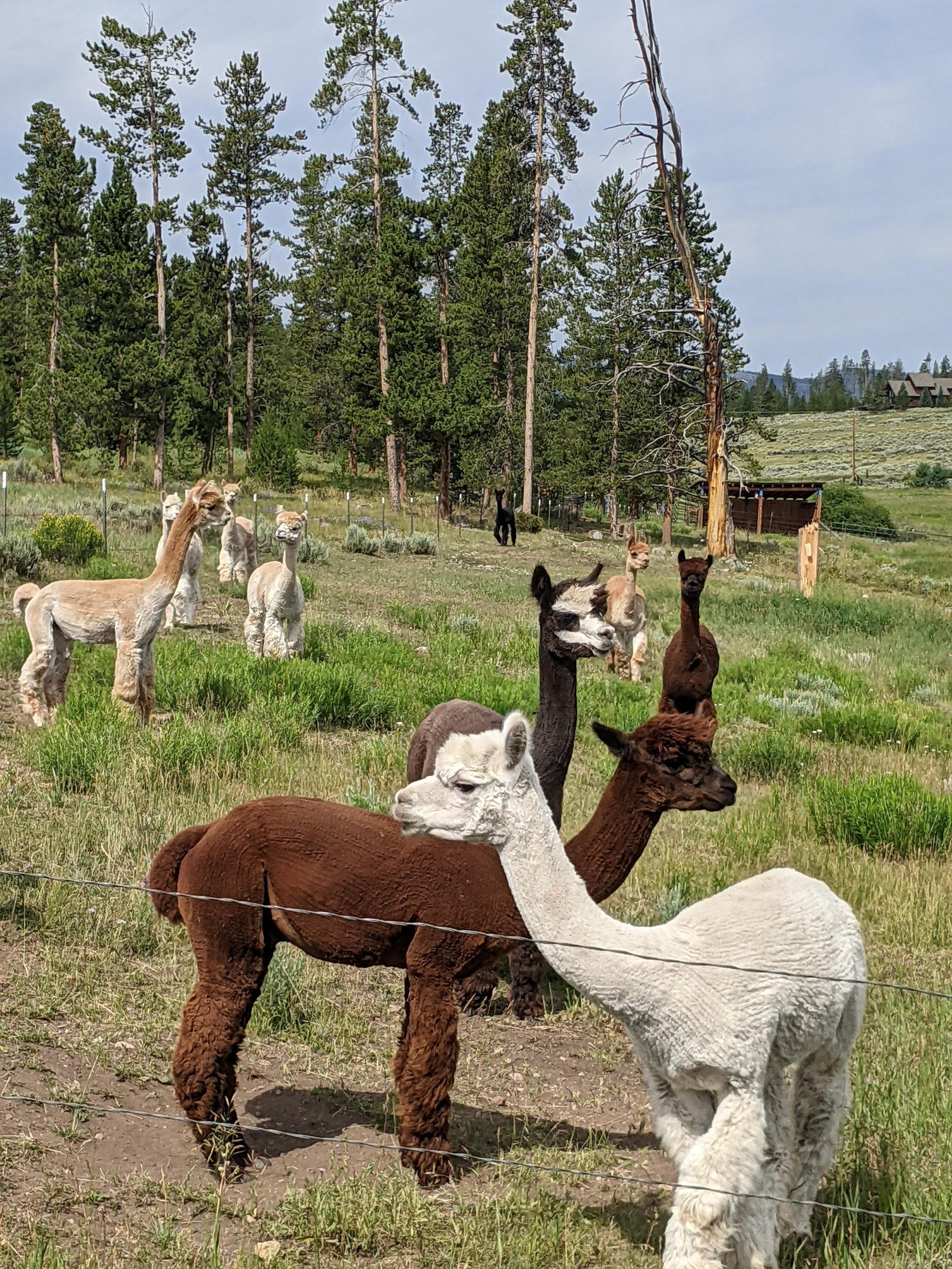
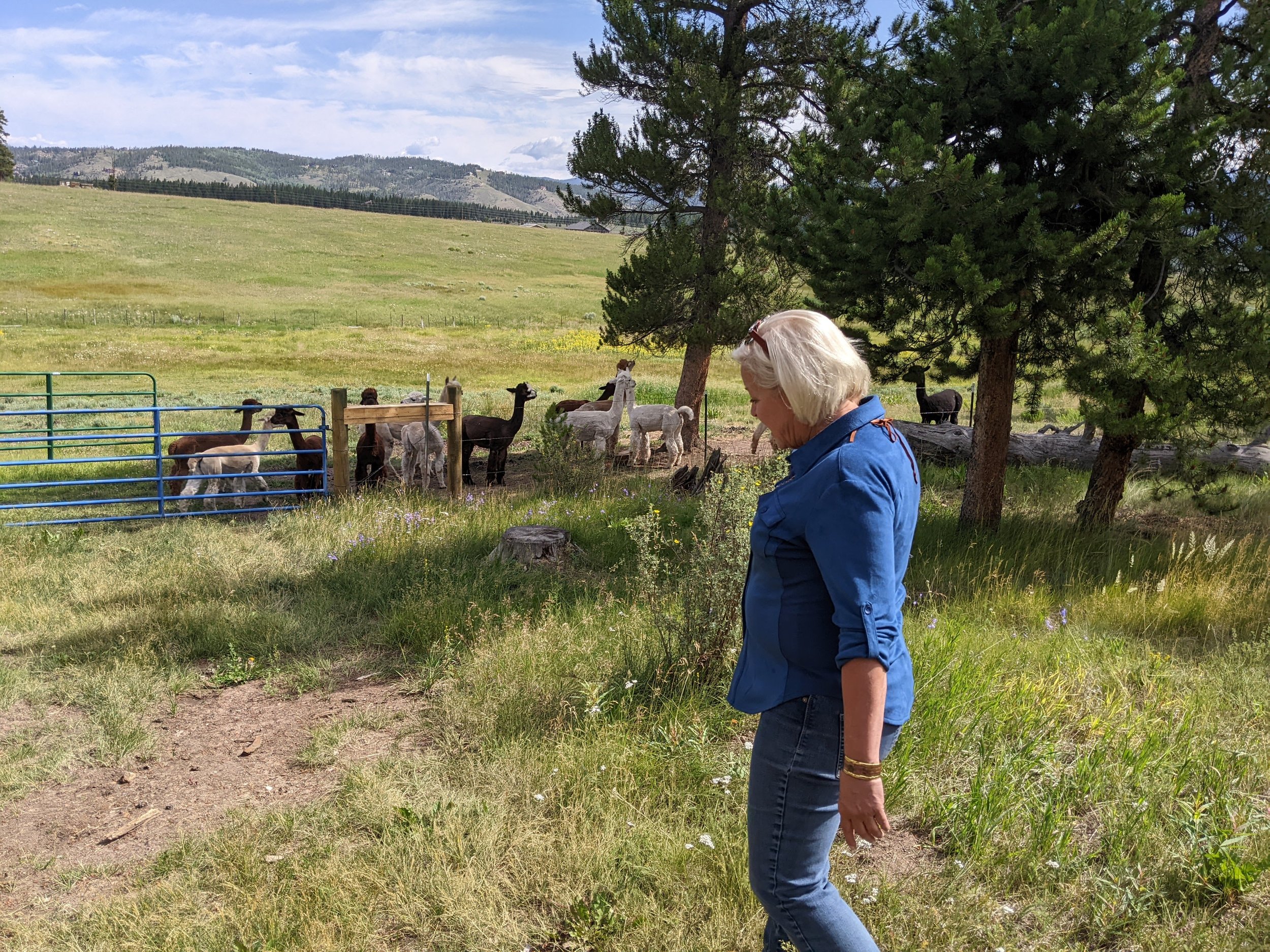
Produced in partnership:















